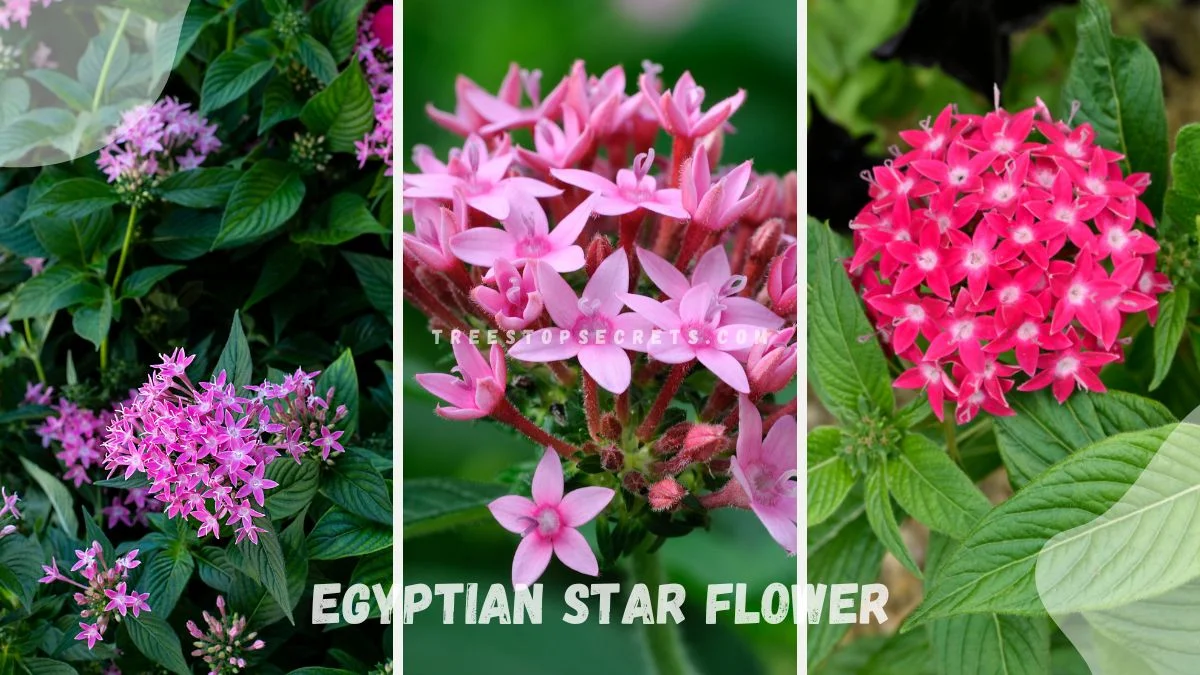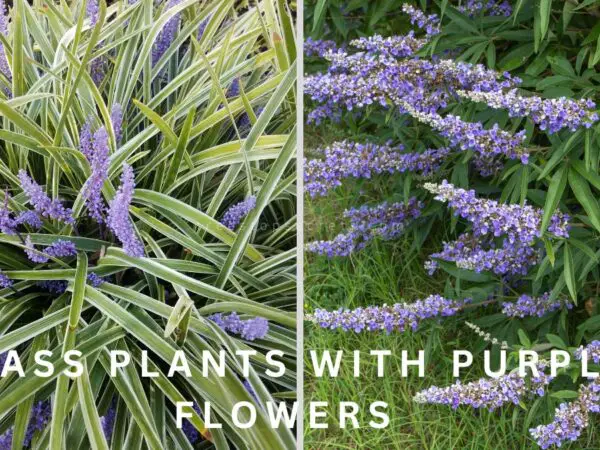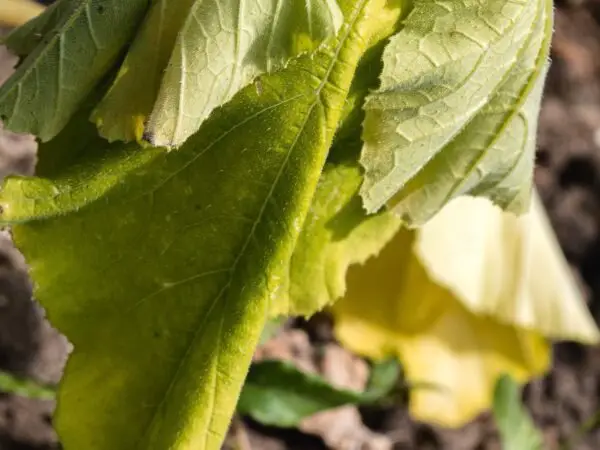The Egyptian Star Flower, also known as the Pentas lanceolata, boasts a rich history deeply intertwined with ancient Egyptian culture. This vibrant and versatile plant has been cherished for centuries, not only for its striking beauty but also for its various symbolic meanings in Egyptian mythology and traditions. From adorning temples to being used in religious ceremonies, the Egyptian Star Flower holds a significant place in the hearts of the Egyptian people.
This blog post delves into the captivating history and cultural significance of the Egyptian Star Flower, shedding light on its role in ancient Egypt and how it continues to enchant admirers worldwide today.
Key Takeaways
- Planting Pentas: Choose a sunny location with well-draining soil when planting Egyptian star flowers to promote healthy growth.
- Care Tips: Regularly deadhead spent blooms and provide consistent watering to ensure vibrant blooms throughout the season.
- Variety Selection: Explore different varieties of Pentas to add diversity and color to your garden, such as the Butterfly series or Graffiti series.
- Indoor Cultivation: Consider growing Pentas indoors by providing adequate sunlight and maintaining proper humidity levels for thriving plants.
- Pruning Guidance: Trim back leggy growth to encourage bushier growth and more abundant flowering in your Egyptian star flowers.
- Pest Prevention: Keep an eye out for common pests like aphids and caterpillars, and address any infestations promptly to protect your Pentas plants.
Egyptian Star Flower Basics
Botanical Profile
Egyptian star flowers, also known as Pentas, belong to the Rubiaceae family. Commonly called "Lucky Star Pink," these star flowers require full sun exposure for optimal growth.
Growth Characteristics
Egyptian star flowers typically reach a height of 1 to 3 feet and spread about 1 to 2 feet wide. Pentas plants have a bushy growth habit, producing clusters of small star-shaped flowers in various colors such as pink, red, and white.
Bloom Features
The star-shaped blossoms of the plant, Egyptian star flowers (pentas lanceolata), are a unique feature that adds charm to any garden under the sun. These flowers come in shades of pink, red, lavender, and white, creating a vibrant display. Pentas bloom continuously from planting until the first frost.
Pollinator Appeal
Egyptian star flowers are highly attractive to butterflies, making them a popular choice for pollinator gardens. Pentas plants have nectar-rich flowers that lure pollinators like bees and butterflies. Including Pentas in your garden helps support pollinator populations and contributes to ecosystem health.
Planting Pentas
Ideal Locations
For growing Pentas, choose spots with full sunlight to ensure optimal growth and blooming. Indoor Pentas can thrive near sunny windows. Containers, beds, and borders are suitable for planting Pentas.
In frost-free zones, Pentas bloom year-round due to the warm climate and extended growing seasons.
Timing and Season
The best time to plant Egyptian star flowers is in the spring after the last frost. Pentas plants typically bloom from late spring to early fall. In frost-free zones, they bloom throughout the year.
Soil and Spacing
Pentas prefer well-draining soil rich in organic matter. Ensure the soil pH is between 6.0 and 7.5 for optimal growth. Spacing recommendations for planting Pentas are around 12-18 inches apart.
Seed Starting Tips
Starting Pentas from seeds is a cost-effective way to plant these vibrant flowers. Some cultivars of Pentas are available in seed form, providing a wide selection for gardeners. Growing Pentas from seeds allows for a diverse range of colors and varieties.
Care for Pentas
Watering Essentials
Proper watering is crucial for Pentas, especially in hot weather. Regular watering helps maintain soil moisture levels. Controlled-release fertilizer application provides essential nutrients for new Pentas growth. Monthly water-soluble fertilizer applications further enhance plant health.
Soil Amendments
l amendments play a vital role in nurturing Pentas. Neutral soil benefits Egyptian star flowers, a plant, by providing optimal growing conditions. Amending the soil promotes healthy growth by enhancing nutrient availability and drainage.
Pruning and Deadheading
In frost-free areas, prune Pentas to maintain shape and encourage new growth. Deadheading, the removal of spent flowers, stimulates continuous blooming. Pruning is essential to prevent legginess and promote bushier growth.
Pests and Diseases
Common pests that can affect Egyptian star flowers include aphids and spider mites. Implement preventive measures such as regular inspection and proper sanitation to deter pests and diseases. Early detection and treatment are crucial in managing pest infestations effectively.
Varieties of Pentas
Types
- Pentas Lanceolata: Known for its vibrant colors and long-lasting blooms.
- Pentas Graffiti Series: Compact and ideal for containers, available in various shades.
- Pentas Butterfly Series: Attracts butterflies with its nectar-rich flowers.
Color Variations
Pentas come in a range of hues, including pink, red, white, and lavender. Each variety offers a unique color palette that adds diversity to gardens.
Unique Features
- Pentas Lanceolata: Features lance-shaped leaves and clusters of star-shaped flowers attracting pollinators.
- Pentas Graffiti Series: Compact growth habit makes it perfect for small spaces or container gardening.
- Pentas Butterfly Series: Specifically bred to attract butterflies, enhancing the garden ecosystem.
Indoor Cultivation Tips
Plant Selection
When choosing houseplants for indoor cultivation, consider selecting Pentas for their vibrant colors and ability to thrive indoors.
Lighting Requirements
Ensure your houseplants receive adequate sunlight by placing them near a south-facing window where they can get at least six hours of sunlight daily.
Pentas are known to bloom best when exposed to bright, indirect light, making them ideal for indoor spaces with ample natural light.
Watering and Humidity
Maintain the soil of your indoor Pentas slightly moist but not waterlogged. Water when the top inch of soil feels dry to the touch.
To increase humidity levels around your Pentas, consider using a humidifier or placing a tray filled with water and pebbles near the plant.
Temperature and Air Circulation
Keep your houseplants in a room with temperatures between 65-80°F during the day and above 60°F at night. Ensure good air circulation around the plant by occasionally opening windows or using a fan.
Fertilization
Fertilize your indoor Pentas every 4-6 weeks during the growing season with a balanced liquid fertilizer diluted to half strength.
Pruning and Deadheading
Regularly prune your Pentas to encourage bushier growth and remove spent blooms. Deadhead faded flowers to promote continuous blooming throughout the growing season.
Benefits of Indoor Pentas
- Adds vibrant colors to indoor spaces.
- Attracts pollinators like butterflies and hummingbirds.
- Easy to care for and maintain.
- Purifies indoor air by removing toxins like formaldehyde and benzene.
Summary
In conclusion, mastering the art of caring for Egyptian Star Flowers can bring a burst of color and life to your indoor or outdoor spaces. By understanding the basics, planting techniques, and varieties available, you can create a thriving environment for these beautiful blooms. Remember to provide adequate care by watering and fertilizing regularly, ensuring proper sunlight exposure, and pruning when necessary. With these tips in mind, you can enjoy vibrant Pentas all year round.
Now that you have the knowledge to cultivate stunning Egyptian Star Flowers successfully, why not try your hand at growing these eye-catching plants? Share your newfound expertise with friends and family, and watch as your gardening skills blossom along with your Pentas. Embrace the beauty of nature in your surroundings by incorporating these lovely flowers into your green spaces. Happy gardening!
Frequently Asked Questions
What are the key characteristics of Egyptian Star Flower (Pentas)?
Egyptian Star Flower, also known as Pentas, is an attractive flowering plant with star-shaped blossoms that come in various colors like red, pink, and white. It is a low-maintenance plant that attracts butterflies and hummingbirds to your garden.
How do I plant Pentas effectively?
- Choose a well-draining location with full sun to partial shade.
- Plant Pentas in fertile soil with good organic content.
- Water regularly, especially during dry periods, to keep the soil consistently moist but not waterlogged.
What are the essential care tips for Pentas?
- Deadhead spent flowers to encourage continuous blooming.
- Fertilize Pentas every 4-6 weeks during the growing season.
- Monitor for pests like aphids and caterpillars, and treat promptly if detected.
What are some popular varieties of Pentas to consider?
Popular varieties of Pentas include 'Graffiti Red,' 'Butterfly Deep Rose,' 'Starcluster White,' and 'Northern Lights.' Each variety offers unique colors and growth habits, allowing you to choose based on your preferences and garden design.
Can Pentas be grown indoors successfully?
Pentas can be grown indoors with proper care. Ensure they receive bright, indirect sunlight, consistent watering without waterlogging the soil, and regular fertilization. Consider providing additional humidity by misting the plant occasionally to mimic its outdoor environment.
Image Source: Paid image from CANVA





